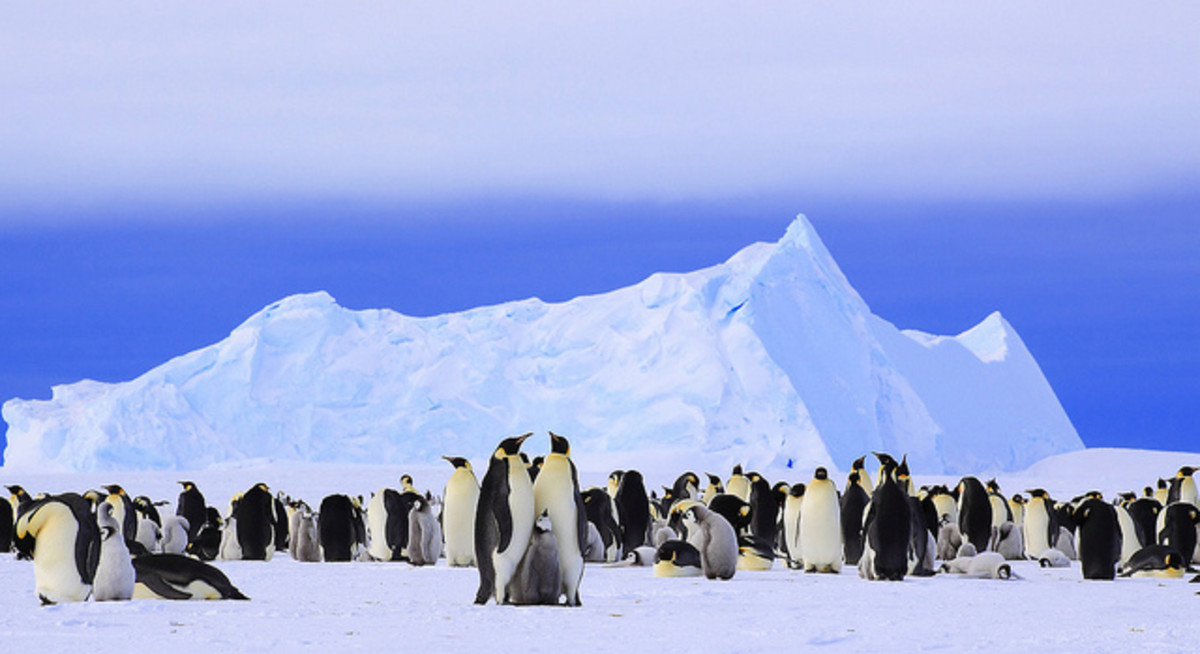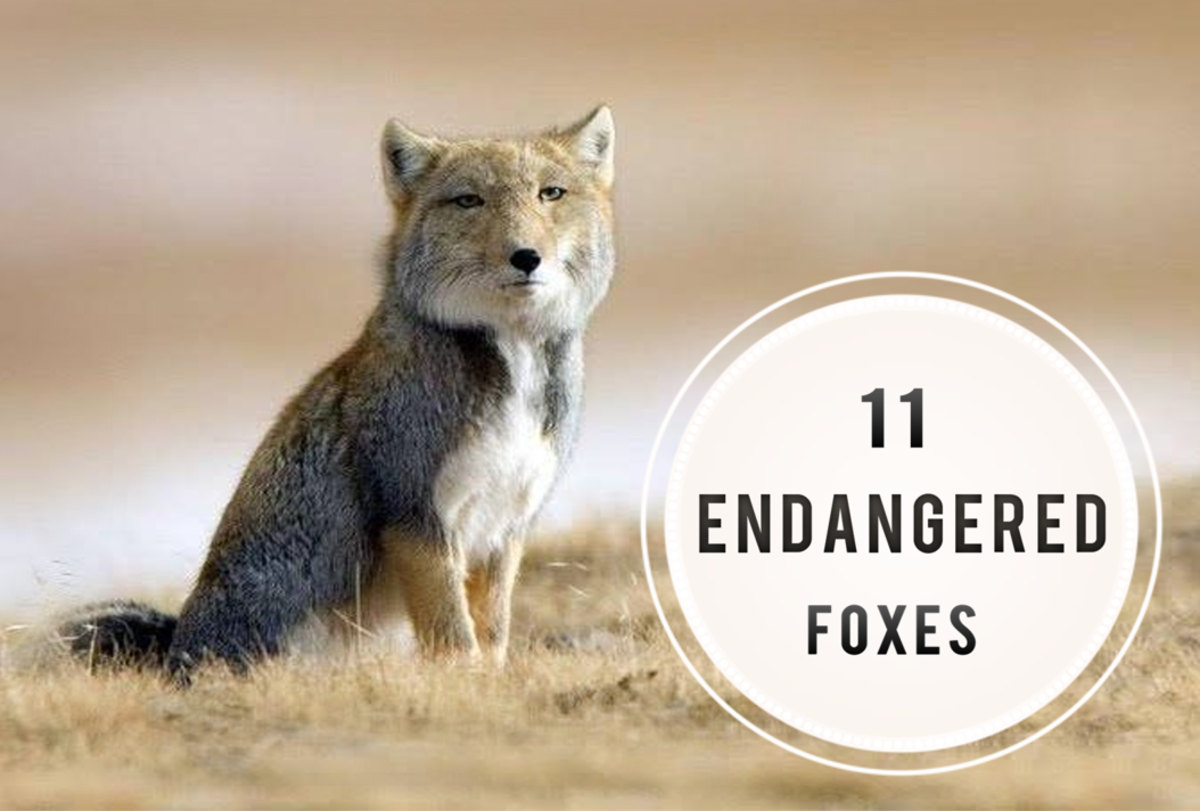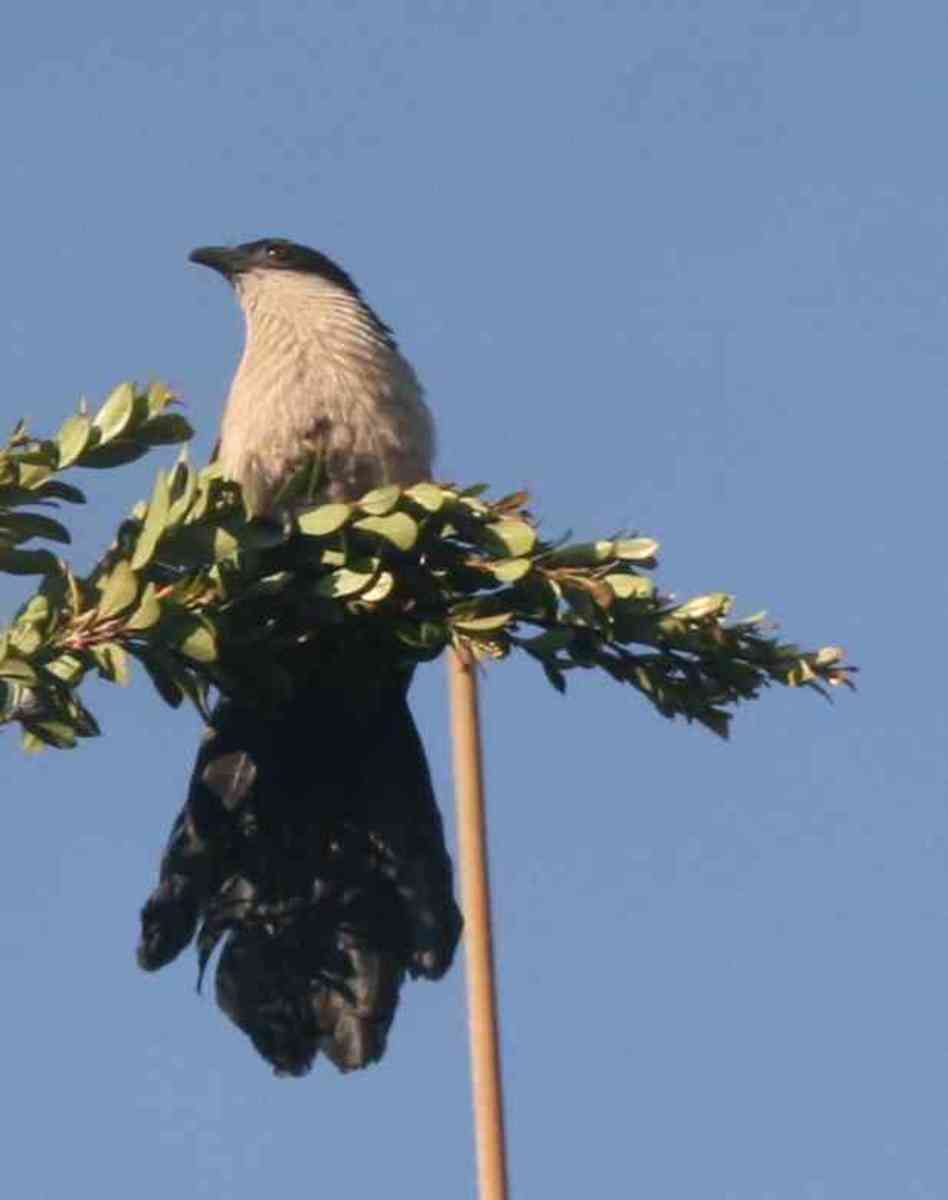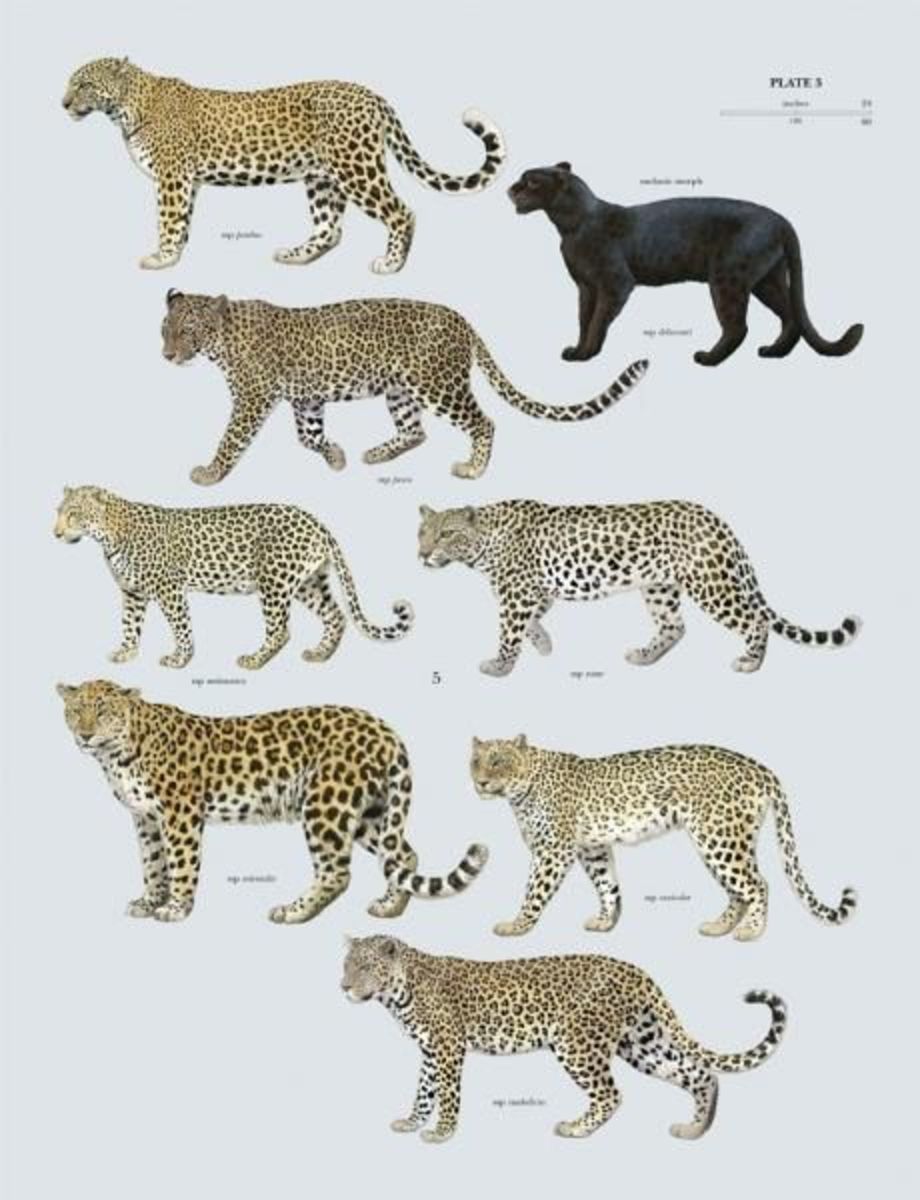- HubPages»
- Travel and Places»
- Visiting Africa»
- Travel to Southern Africa
Fun Facts About South Africa's Big 5
See the Big 5 in Action
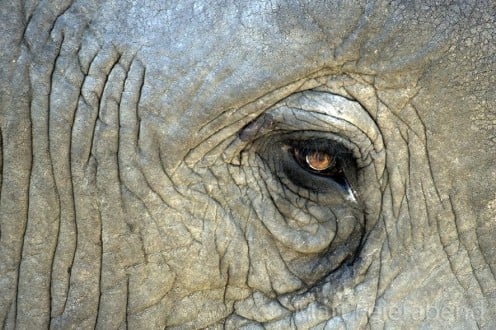
Which Species Comprise the Big 5?
The Big 5 are actually the Big 6. They are the:
- lion Panthera leo
- leopard Panthera pardus
- African buffalo Syncerus caffer
- African elephant Loxodonta africana
- black rhinoceros Diceros bicornis
- white rhinoceros Ceratotherium simum.
Why Are These Animals Called the Big 5?
"The Big 5" was used by hunters in South Africa who considered the above animals the most difficult of all to track and kill. The two rhinoceros species were lumped together, with some hunters being unaware there were two distinct species.
The term has since been taken over by safari and tour operators, who use it to market their products.
Many people go on safari solely to tick all the Big 5 off their list, so let's find out more about these exciting and beautiful animals.
Let's Stay Cool With the Lion
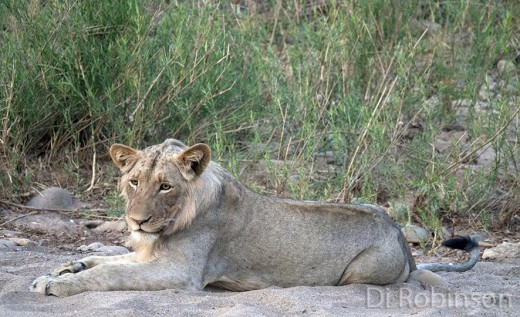
Interesting facts
- Lions are the largest African cat, and the most sociable of all the cat species.
- Their roar can carry for 8 kilometres (5 miles) on a still night, but they cannot purr.
- An extinct species of lion had a mane hanging in a fringe from its stomach.
- Lions can survive for a week without a kill but when they can, eat more frequently. They will steal the prey of other species such as leopards and hyenas.
- They like to hunt at night and rest in the heat of the day.
- They prefer larger mammals but, when they have to, will eat reptiles or fish. They need access to water and shade.
- They strangle large prey and bite the heads, necks or chests of smaller animals.
- Lions cannot sweat so, like dogs, they need to pant to cool down.
- Lions are sociable and live in groups called prides. Prides typically consist of one to eight males, two to twenty females, and their offspring.
- Males live on average from 10 to 12 years in the wild while females can live up to the age of 15.
- Lions can live almost anywhere, except in large forests and arid deserts.
Vital statistics
- Males: head and body 172-250 cm (5 ft 7 to 8ft 2); tail 60-100 cm (1 ft 11 to 3 ft 3); weighs 150-260 kg (331-573 lb)
- Females: head and body 158-192 cm (5 ft 2 to 6 ft 3) ; tail 60-100 cm (1 ft 11 to 3 ft 3); weighs 122-182 kg (269-401 lb)
Threats
Main threats are:
- loss of habitat due to development, leading to conflict with humans and death
- inbreeding due to restricted numbers of separate prides, leading to loss of genetic diversity
- loss of prey species due to competition from humans or disease.
Conservation status
Lions are classified as "vulnerable" in the IUCN red list.
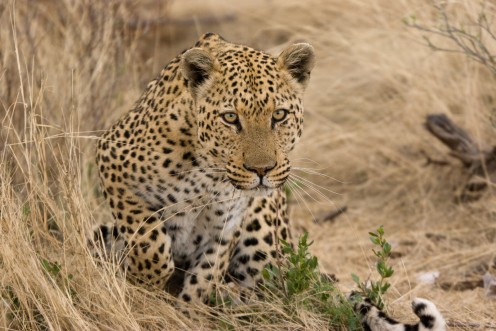
Let's Plan With the Leopard
Interesting facts
- Solitary and secretive, leopards are the most common and widespread of the African big cat species, the others being lions and cheetahs, but they are rarely seen as they are expert at camouflage.
- Leopards are more adaptable than the other African big cat species. They can live in various habitats including deserts and rainforests, and even on the fringes of cities, but need vegetation cover for stalking and for protection from lions, hyenas and people.
- Of the African big cat species, they are the best tree climber and the strongest swimmer.
- Leopards will hunt by day or night. They will patiently stalk their prey then pounce on it from behind vegetation or from a tree.
- They eat a wide range of prey including antelopes, rodents, birds and fish, and will kill animals that are bigger than they are. They also develop individual tastes for certain food.
- Leopards will drag their prey for miles and haul it up trees where they will wedge it in forks to prevent it from being stolen by lions or hyenas. In turn, leopards will steal cheetahs' prey.
- Their territorial range varies but they generally move around 25 kilometres (15.5 miles) a night and can move up to 75 kilometres (46.6 miles) if they need to.
- Leopards live for up to 20 years.
- Athletic and lithe, they can run up to 58 kilometres (36 miles) an hour, leap 6 metres (19 ft 8) forward in a single bound, and jump 3 metres (9ft 10) into the air.
Vital statistics
- Males: head and body 130–190 cm (4 ft 3 to 6 ft 2); tail 60-110 cm (1 ft 11 to 3 ft 7); weighs 35-90 kg (77-198 lb)
- Females: head and body 104–140 cm (3 ft 4 to 4 ft 7); tail 60-110 cm (1 ft 11 to 3 ft 7); weighs 28-60 kg (62-132 lb)
Threats
Main threats to leopards are:
- loss of habitat due to development, leading to conflict with humans and death
- being hunted for their skin and body parts
- competition for sparse prey with other cat species.
Conservation status
Leopards are classified as "near threatened" in the IUCN red list.
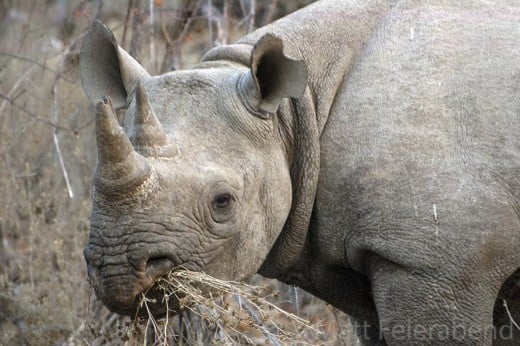
Let's Roam With the Rhinoceroses (Rhinos)
Interesting facts
- African rhinos are the second largest land mammals, after the African elephant.
- An extinct form of rhino, the Indricotherium, had no horns and was the largest land mammal ever.
- Their genitals are backward-facing and can fire powerful urine sprays.
- They are vegetarians but not fussy eaters, and can survive on a range of plants.
- Although they have two horns, a third or even fourth horn can begin growing on their foreheads or muzzles.
- They can charge head-on, especially when threatened, and move at speeds of up to 55 kilometres (34 miles) per hour.
Threats
Main threats are:
- poaching – rhinoceros horns are still used in Chinese medicine and are rumoured (wrongly) to be able to cure cancer
- habitat destruction for development
- climate change, which could change their habitat by allowing for the introduction of exotic plant species, and also help cause extreme droughts. Rhinos can only live a few days without water.
Differences Between Black and White Rhinos
The terms 'black rhinoceros' and 'white rhinoceros' are confusing as neither species is very dark or light in colour. The table below describes the main differences between the species.
Which Type of Rhino?
Category
| Black rhinoceros
| White rhinoceros
|
|---|---|---|
Other names
| Browse rhinoceros and hook-lipped rhinoceros
| Graze rhinoceros and square-lipped rhinoceros
|
Lip shape and formation
| Hook-lipped, with a short projection of the upper lip which enables the animal to pull leaves and twigs into its mouth
| Square-lipped, with a wide, straight non-hooked upper lip which allows the animal to graze on grasses
|
Habitat
| Thickets and woody savannahs near water sources
| Grasslands
|
Diet
| Twigs, leaves and branches of Acacia and other species. Will use salt licks.
| Grasses and groundcovers of various species
|
Size
| Head and body: 290-375 cm (9 ft 6 to 12 ft 3) Tail: 60-70 cm (2 ft to 2 ft 3) Weighs 700-1400 kg (1543-3086 lb)
| Head and body: 360-420 cm (11 ft 9 to 13 ft 9) Tail: 80-100 cm (2 ft 7 to 3 ft 3) Weighs 1400-2000 kg (3086-4409 lb)
|
Longevity
| Over 40 years
| Up to 50 years
|
Behaviour
| Solitary. Males can be aggressive to each other. Females will travel with their calves but will generally drive off an existing calf before a new one arrives. Births are between two and five years apart. The BBC recorded black rhinos meeting at night to flirt and socialise. There is much we still do not know about these secretive animals
| Mild, sociable, can graze in small herds. Adult males are solitary and territorial.
|
Other Interesting information
| Can get roundworm in their wounds (which do not infest white rhinoceroses)
| This is the only grazing species of rhinoceros. Asian species are all browsers.
|
Let's wander with the white rhino
Quiz 1. Rhino facts: true or false
view quiz statisticsLet's Walk With the Elephants
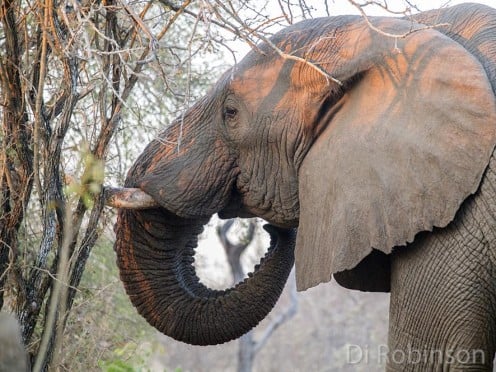
Interesting facts
- The African elephant is the largest land mammal and one of the longest living. Elephants can live up to 65 years of age.
- Intelligent and with excellent memories, elephants live in stable matriarchal groups and have friendly, frequent interactions with related family groups. This structure enables them to learn about the complexities of their environment, and work together to withstand extreme differences in weather and availability of vegetation.
- Males leave the group when they are about 13-years-old and will form bachelor herds with other males before joining different groups to mate with females.
- Their diet of coarse vegetation means their teeth wear out quickly. They go through six lots of molars, each set moving along the jaw and dropping out once it has worn away to be followed by the next set in a kind of "conveyor belt" sequence. Once the last set drops out, the elephant dies as it can no longer chew and digest its food.
- Baby elephants become easily dehydrated and even adult elephants need regular water in their diet.
- The backs of elephant ears contain blood vessels which cool them down when the ears are fanned. Elephants also have very little body hair so can easily release heat from their bodies.
- In one day, elephants will eat 5% of their body weight, that is, up to 300 kilograms (661 lb). They will walk a long way to get to food.
- African elephants generally eat twigs, branches and leaves. They are noisy eaters but may also break off large branches and fell small trees so these loud sounds attract other elephants in the area.
- As well as using various noises to communicate, elephants use ultrasound. A female who is ready to mate will emit a "song" in ultrasound that can be heard by males up to 4 kilometres (2.5 miles) away.
Vital statistics
- Tail: 1-1.5 metres (3 ft 3 to 4 ft 11); female weighs 2200-3500 kg (4850-7716 lb); male weighs 4000-6300 kg (8818-13,889 lb).
Threats
- Loss of habitat due to development, leading to conflict with humans and death.
- Being the prey of ivory hunters.
- Climate change, which could increase the likelihood of extreme drought.
Conservation status
- Elephants are classified as "vulnerable" in the IUCN red list.
Let's Relax With the African Buffalo
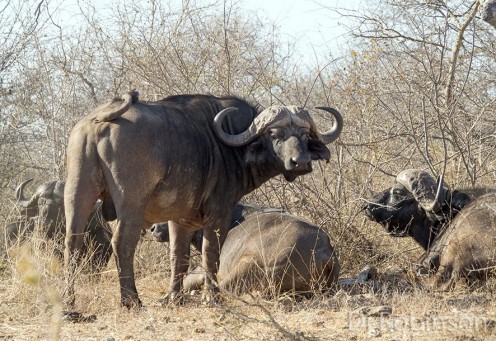
Interesting facts
- African buffaloes have strong attachments to their herds, with blind or lame individuals being looked after by herd members. The average herd size is 50-500.
- Herds will congregate to feed and for protection.
- Buffalo herds will charge predators as a unit, with strong members facing outwards in a circle and vulnerable members such as the young and disabled being protected inside the circle.
- Young males are sometimes shooed out of herds by dominant older males and form bachelor herds.
- When females are in heat, male buffaloes will fight with each other for the privilege of mating. They have a thick covering of bone between their horns to enable them to crash against one another in head-to-head collisions.
- Buffalo horns are hook-shaped, face sideways and can grow up to 160 centimetres (5 feet 2 inches) long.
- Buffalo enjoy wallowing in mud which helps keep them cool and acts as an insect repellent. Oxpeckers (birds) will perch on buffalos' backs and remove insects, too
- Grasses and plants are their favourite foods though they will graze on a wide range of vegetation. They need to live near water.
- Buffaloes can graze by day and night, spending up to 18 hours a day foraging.
- They can live up to the age of 26.
Vital statistics
- Head and body 170-340 cm (5 ft 6 to 11 ft 1); tail 50-80 cm (1 ft 7 to 2 ft 7); weighs 250-850 kg (551-1873 lb)
Threats
Main threats are:
- malnutrition or dehydration during droughts
- competition for habitat with cattle
- being killed by trophy hunters.
Conservation status
- African buffaloes are classified as 'least concern' (that is, not threatened) in the IUCN red list.
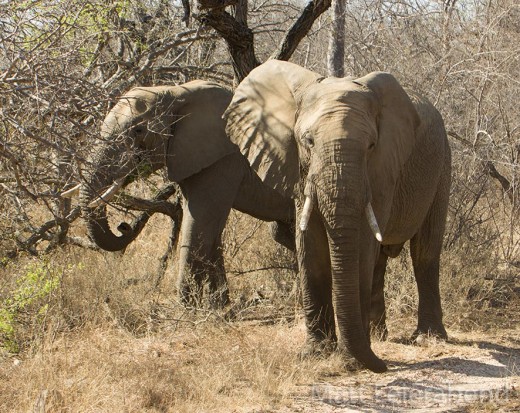
Help Conserve the Big 5
- Visit national parks and nature reserves which provide territory and protection for the animals.
- Run a fundraiser for an organisation that works to conserve the animals. For example, you could have a trivia night or raffle at your home and donate the funds to ALERT (lion conservation), RAGE (rhino conservation), SAFE (elephant conservation), Panthera (leopard conservation) or other conservation organisation.
- Volunteer with one of many African conservation organisations, and work directly with the Big 5. Google 'Volunteer' and 'African wildlife' and you will find many agencies that will welcome your involvement.
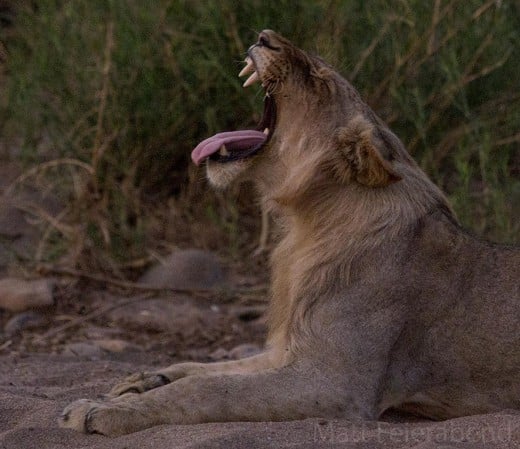
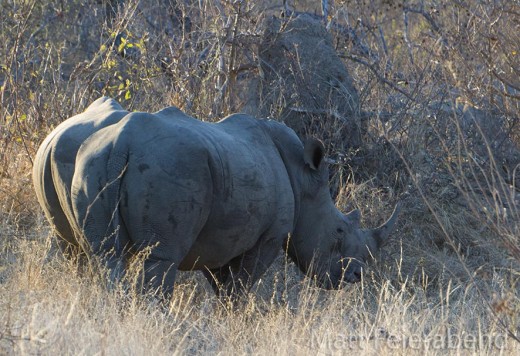
Quiz 2: Which Big 5 Animal Are You Most Like?
Answer the following questions. Then see under "Scores" how many of each letter, e.g. "L" or letters, e.g. "Bu" you got. The category that corresponds to the letter or letters you scored highest on is your inner Big 5 animal. If you scored equal numbers in two categories, you have two inner Big 5 friends.
1. At work:
a. I'm the boss of course, I enjoy being in charge
b. I run my own small business
c. I work in a close knit team
d. I work with a team on major projects
e. I work on my own
f. I work mainly on my own but am happy to work as a team member when I need to
2. Your ideal Saturday night is:
a. going out for dinner with friends
b. going with the flow: I don't plan anything and whatever happens, happens
c. staying at home on my own to read a good book
d. hosting a BBQ for my family
e. going out to the cinema or theatre with friends, followed by dinner
f. bonding with those I'm closest to
3. Your favourite foods are:
a. leafy green vegetables like spinach or broccoli
b. fibrous and starchy vegetables like celery and potatoes
c. various kinds of meat
4. What is your social circle like?
a. I'm pretty much a loner
b. I have one or two people I'm close to but otherwise prefer my own company
c. I socialise with family, mainly
d. I socialise with my family but also with friends
e. I have a large group of friends
f. I have a lot of acquaintances, but few or no real friends
5. How do you tackle problems?
a. I wait for them to go away, and if they don't, take an aggressive approach
b. I enlist friends to help me deal with the issue
c. I look at all sides of an issue then choose the best response
d. I try to avoid them, but if I have to deal with them, I do so
e. Head on
f. I talk to friends about what I should do, then make a decision on my own
6. Your body shape is:
a. slender and graceful
b. athletic
c. stocky
d. large but well-proportioned
e. broad and muscular
7. Your philosophy is:
a. Live and let live
b. Go with the flow
c. Trust no-one
d. Go your own way
e. Get them before they get you
f. Look after your own
8. Are you competitive or collaborative?
a. Collaborative, and I work with others to ensure no-one outsmarts us
b. Collaborative, unless I or someone I care about gets attacked, then watch out
c. Neither, I just opt out unless I'm attacked, then I'll go for it
d. I just go my own way unless someone tries to stop me from doing what I want
e. Competitive, but I prefer to compete as part of a team
f. Competitive, and I prefer to compete alone
9. What sport do you do?
a. I just keep fit
b. Team sports
c. Walking
d. Tennis, squash or some other sport I do alone against an opponent
e. Some walking, some jogging, whatever
f. Running
10. What words would you use to describe yourself?
a. Family-oriented, driven, successful
b. Compassionate, friendly, protective
c. Intelligent, sociable, aware
d. Secretive, introverted, sexy
e. Shrewd, adaptable, independent
f. Laid back, determined, tolerant
Quiz scores
Question number
| a. =
| b. =
| c. =
| d. =
| e. =
| f. =
|
|---|---|---|---|---|---|---|
1
| L
| Le
| Bu
| E
| B
| W
|
2
| Bu
| W
| Le
| L
| E
| B
|
3
| W and Bu
| E and B
| Le and L
| |||
4
| Le
| B
| L
| E
| Bu
| W
|
5
| W
| Bu
| Le
| B
| L
| E
|
6
| Le
| L
| Bu
| E
| B and W
| |
7
| E
| W
| Le
| B
| L
| Bu
|
8
| E
| Bu
| W
| B
| L
| Le
|
9
| B
| Bu
| E
| Le
| W
| L
|
10
| L
| Bu
| E
| B
| Le
| W
|
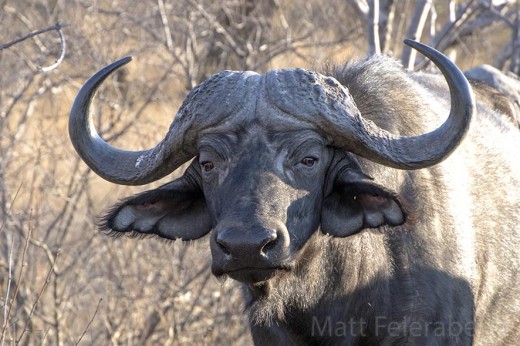
Quiz results
If you scored mostly "L":
You are a lion: proud, successful and sociable. At work, you are a manager or boss, tackling problems head on and being ruthless to anyone who gets in your way, but you are supportive of your team and are generous to your family and friends. You are a good host and like being the centre of attention. Cheers.
If you scored mostly "E":
You are the intelligent and sociable elephant. You can hold a wealth of information in your head and apply it when needed. You love to learn and communicate, and are constantly finding out about new things, then telling your friends about them. You have close friends, and are also much in demand socially as you are well-informed and fun.
If you scored mostly "B":
You are the solitary and secretive black rhino. Independent and able to take care of yourself, you like to go your own way and not be told what to do by anyone else. At the same time, you form close bonds with family members or friends and can be flirtatious. You keep a lot to yourself, you are a "dark horse" as well as a black rhino.
If you scored mostly "W":
You are the easygoing white rhino, happy just to go with the flow. Tolerant and relaxed, you hate trouble and crave a stress-free life. However, if you set your mind on something you will fight to get what you want, and you have a determined streak. Although you enjoy the company of others, you are also happy being alone.
If you scored mostly "Le":
You are the shrewd, adaptable leopard, able to seize any opportunity that works to your advantage. You are perceptive, a good planner and patient: you can see what you need to do to achieve your goals and steadily work through each step. You prefer being alone, although you enjoy the company of like-minded people.
If you scored mostly "Bu":
You are the ultimate people person, the congenial buffalo. You are sensitive and kind, have a lot of friends and would rather be with others than on your own. However, you can see when other people want to take advantage of your good nature and refuse to be swayed by them. You are brave, and will fight to protect those you love.
What Is Your Favourite Big 5 Animal?
Vote for your favourite Big 5 animal below
More Information
These books, available from Amazon, provide fantastic information on the Big 5:
- Kingdon J 2012, The Kingdon field guide to African mammals (NB new edition 2015)
- Branch B, StuartC, Stuart T and Tarboton W 2013, Travellers' wildlife guides: Southern Africa
- Fog City Press 2002, The encyclopedia of animals: mammals, birds, reptiles, amphibians.
The following DVDs are also fascinating sources of information:
- David Attenborough's Africa (BBC and Discovery co-production)
- Wild Africa (BBC series)
Good websites include:
- IUCN red list for information on conservation status and action
- ALERT for information about lions
- San Diego Zoo for information about leopards
- Ultimate Ungulate.com for information about buffaloes
- The BBC for information about elephants and rhinos

